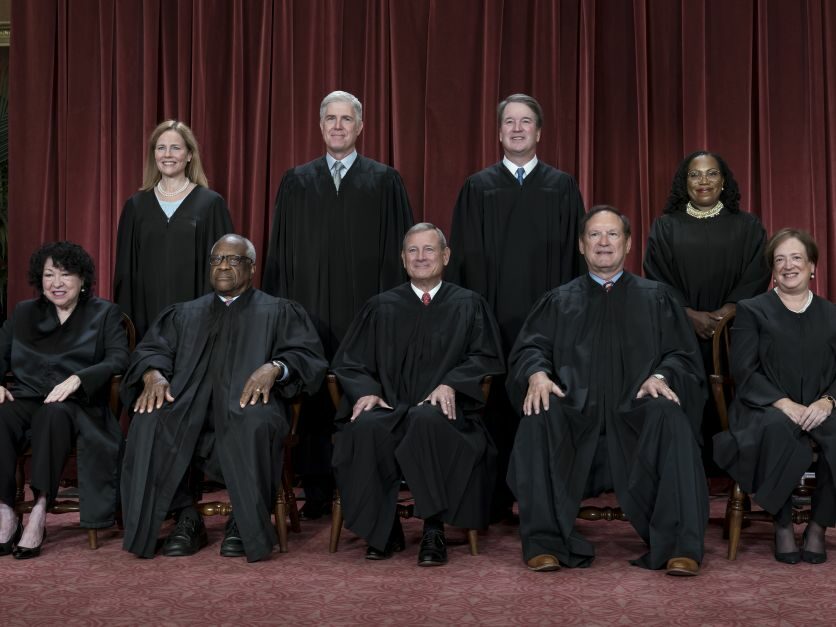Key Takeaways
- The Supreme Court allows the Trump administration to proceed with reorganizations at federal agencies, including the Agriculture Department.
- This decision stays a previous federal judge’s injunction that deemed the executive order unlawful.
- Justice Sonia Sotomayor concurred with the judgment, while Justice Ketanji Brown Jackson issued a dissent, citing concerns over the court’s ability to evaluate facts.
Supreme Court Decision on Federal Agency Reorganizations
The Supreme Court has ruled that the Trump administration is permitted to move forward with reorganizations at federal agencies, including the Agriculture Department. This decision comes after the court stayed an injunction initially placed by U.S. District Judge Susan Illston of California, which was supported by the 9th Circuit Court of Appeals.
Judge Illston’s injunction stemmed from her belief that an executive order and a memo from the Office of Management and Budget (OMB) and the Office of Personnel Management (OPM), which were intended to implement that order, are unlawful. The Supreme Court, however, stated that the government is likely to succeed in arguing that both the executive order and the memorandum are indeed lawful.
In its unsigned opinion, the court noted that “other factors” justifying the granting of the stay were also satisfied. Notably, the Supreme Court did not offer an opinion on the legality of any agency’s Reorganization and Reduction in Force (RIF) plans that might arise from the executive order and the accompanying memorandum.
Justice Sonia Sotomayor expressed her agreement with the court’s decision but did so with reservations. She wrote separately to emphasize that while the president cannot restructure federal agencies in a way that contradicts congressional mandates, the current executive order instructs agencies to plan reorganizations and reductions “consistent with applicable law.” Sotomayor pointed out that since the plans themselves are not under review at this moment, the district court retains the authority to assess their legality later.
In contrast, Justice Ketanji Brown Jackson’s dissent conveyed significant concerns regarding the court’s judgment. Jackson argued that the high court, operating from a distance, lacks the ability to adequately evaluate or override the factual findings of lower courts related to the executive action in question. She stated, “I respectfully dissent because, in addition to the government’s failure to show the exigency or irreparable harm that is required for emergency relief, this court could not possibly know in this posture whether the government is likely to succeed on the merits with respect to such a fact-dependent dispute.”
Overall, the Supreme Court’s ruling allows the Trump administration to continue its planned reorganizations despite the ongoing legal challenges, with the future legality of agency plans still to be determined in lower courts. This decision marks a significant moment in the administration’s efforts to implement changes at federal agencies, spotlighting the balance between executive power and legislative mandates. For ongoing updates, more information is available at Agri-Pulse.com.
The content above is a summary. For more details, see the source article.















